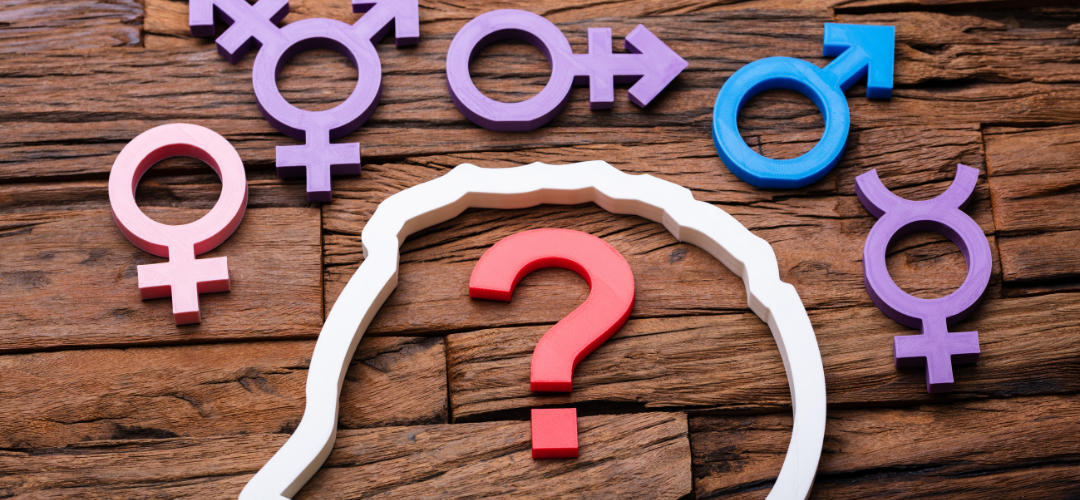The Art of Gendered Marketing: Understanding the Divide
The marketing world is a kaleidoscope of strategies, each designed to appeal to different facets of the human psyche. One of the most traditional, yet still prevalent, approaches is gendered marketing – the practice of tailoring products and advertising to appeal to consumers based on gender. This method has evolved over the years, but it remains a cornerstone in the strategies of many companies. However, it’s not without its controversies and complexities.
The Psychology Behind Gender Marketing
Marketers often segment their audience based on age, location, and, notably, gender. The reason? Research has suggested that men and women can have differing interests, needs, and responses to certain types of messaging. Men might be drawn to products that emphasize strength, efficiency, and competitiveness, while women might respond to messages that stress aesthetics, comfort, and community.
To harness these tendencies, marketers design products and campaigns that resonate with their target gender demographic. For example, the color pink has been historically marketed towards women and girls, associating the color with femininity in the consumer’s mind.
Adapting to Cultural Shifts
However, the landscape of gender marketing is shifting. Cultural awareness is growing around the concepts of gender fluidity and the rejection of strict gender norms. Consumers are increasingly aware of and often critical of traditional gender marketing, seeking products that eschew stereotypes in favor of a more inclusive approach.
Examples and Analysis
Consider the toy industry, a clear example of gendered marketing. Action figures, sporting goods, and toy cars are traditionally aimed at boys, while dolls, kitchen sets, and pink crafting kits target girls. In contrast, some brands have begun marketing toys in a more gender-neutral way, emphasizing the skills and experiences that children of any gender can enjoy.
Similarly, the beauty industry, which has conventionally focused on women, now sees an increase in skincare and cosmetic products aimed at men, expanding the market and changing the narrative around who beauty products are for.
Impact on Consumer Behavior
Gendered marketing can influence consumer behavior by establishing certain products as the ‘norm’ for a particular gender. This can have a lasting impact on what consumers feel are appropriate choices for themselves and others. It often leads to a self-fulfilling prophecy where consumers seek products that align with their gender identity as portrayed by marketing norms.
Societal Implications
The implications of gendered marketing extend beyond consumer behavior into the fabric of society itself. It can perpetuate stereotypes and limit individuals’ perception of their roles and interests. This is why there’s a growing movement toward more responsible marketing that recognizes individuality over gendered assumptions.
The role of gender in marketing is a dynamic and complex issue. As society progresses, the lines are blurring, and the call for marketing that respects personal identity over gendered stereotypes is growing louder. Marketers must listen and adapt, creating strategies that are inclusive and reflective of a changing world where products are for people, not just genders. The future of marketing lies not in dividing but in uniting consumers under the banner of individual preferences and choices.
Ready to hire an agency? Contact Centipede Digital Today!

